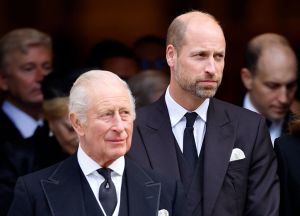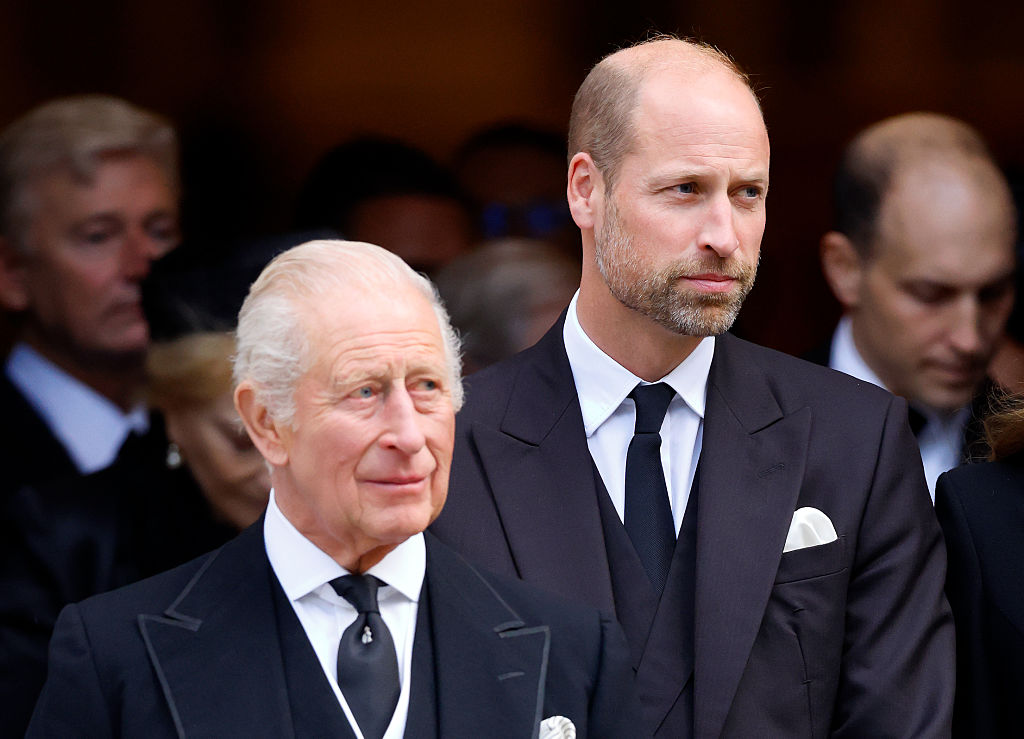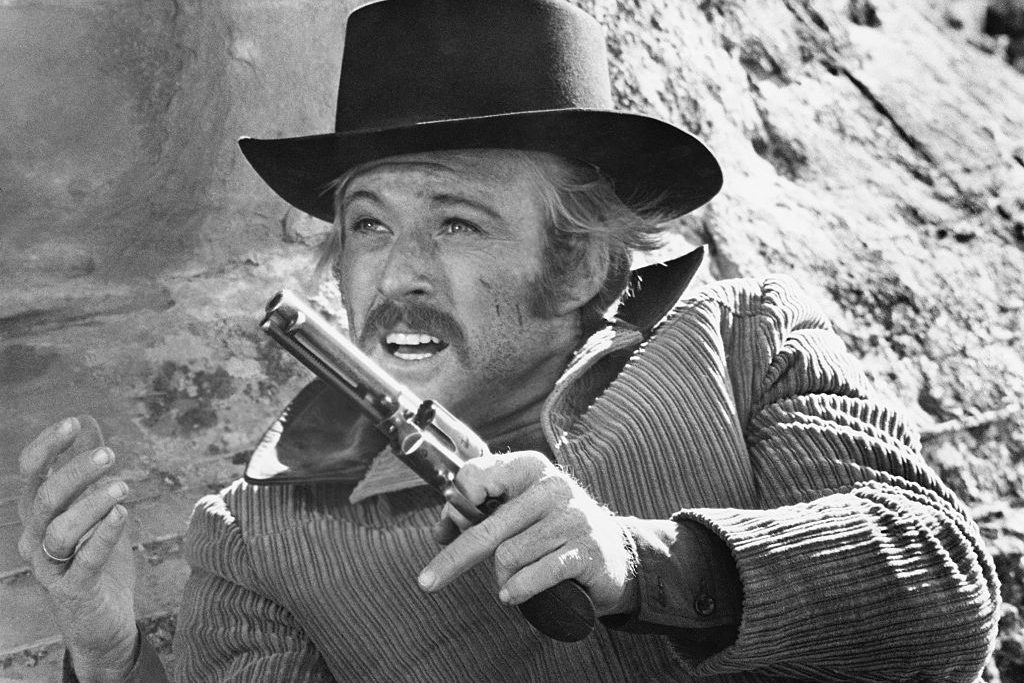I was interested to read that the next Joker film has the subtitle “Folie à Deux” — a lovely phrase not used enough these days. When shrinks talk about folie à deux (also known as Lasègue-Falret Syndrome, after the nineteenth-century French psychiatrists who discovered it) they mean a “shared delusional disorder” in which symptoms of an irrational belief are transmitted from one individual to another — including folie en famille or folie à plusieurs (“madness of several”), sometimes leading to violence and even murder. But in popular culture, we generally mean a pair of lovers who act in such a way that anyone outside their set-up sees them as insane (“folly of two” or “madness shared by two”) and who provide a great deal of entertainment — and reassurance — for those who have chosen a tamer path.
FADs can involve psychopaths (Bonnie and Clyde, Brady and Hindley), doomed lovers (Sid and Nancy, Kurt and Courtney) or imminently antagonistic narcissists (Depp and Heard, Madonna and Penn), but they will share the sense of being the only two citizens of a state which is invisible to the rest of us, with its own language and rules. This was never more powerfully — and pitifully — portrayed than in the 1994 film Heavenly Creatures, based on 1950s New Zealand schoolgirls Pauline Parker and Juliet Hulme. Their intense friendship culminated in the murder of Parker’s mother, who was seen as being in the way of their continuing relationship. The psychiatrist Reginald Medlicott wrote a study of the case entitled “Paranoia of the Exalted Type in a Setting of Folie à Deux,” in which he argued that the girls’ shared fantasy world exacerbated the state of mind that led to the murder: “Each acted on the other as a resonator, increasing the pitch of their narcissism.”
At the time Heavenly Creatures was released, appropriately — or inappropriately — I was about to embark on a folie à deux of my own when, as a married woman, I took up with a twenty-five-year-old girl. The Guardian’s film critic Peter Bradshaw wrote of my relationship with Charlotte Raven: “The affair was very possibly partly inspired by seeing Heavenly Creatures. I like to think that it was, in some gloriously liberated sense, an inspired act of criticism itself: a passionate, flesh-and-blood, real-life response to Jackson’s film.”
Sadly, they don’t make folie à deux like they used to. A king once gave up a throne for an American divorcee and lived a life of globe-trotting shame; now, a prince gives up thrice-weekly visits to Knockers nightclub for an American divorcee and lives a life of globe-trotting blame. The Duke and Duchess of Sussex are surely the best current example of the FAD, which fascinates us partly because of the comedy gold to be mined in the gaping chasm between what the people involved believe they look like (fearless fighters for freedom and justice) and how they appear to the rest of us (two spiteful toddlers attempting to be bosses of a sandpit).
What’s especially interesting about the folly of the Sussexes is that before they got together they both seemed perfectly OK; she would never win an Oscar and he would never be begged to leave his brain to science, but they were jogging along having a laugh and not bothering anyone.
As I wrote in The Spectator last year: “People always say ‘soulmates’ like it’s a good thing, but such relationships can easily turn toxic. Individually Harry and Meghan seemed happy enough, neither of them too bright, but both living lush lifestyles they didn’t have to break sweat for. Then they met — and it was attempted murder of the reputation of the royal family. Seeing that the pair are so interested in mental health, I wonder if they understand that they may be — in my layman’s opinion — suffering from both paranoia and persecution complex, and that it might be wise to seek professional help?”
How do FADs end? Usually badly: generally one of the partners in crime snaps out of it, as happened with Kanye West and Kim Kardashian, and sees the antics of the other as no longer fascinating but unhinged. Ironically, the person still afflicted can’t believe that the escapee is in their right mind and will do all kinds of elaborate things to get them back, which in West’s case included making a video of himself burying alive an animated version of his ex-wife’s new boyfriend. The phrase “a lucky escape” will oft be heard. Occasionally a FAD will mature into something lovely, and the wayward pair grow into a devoted couple — Keith Richards and Patti Hansen and, especially poignantly, John Lydon and Nora Forster.
Angelina Jolie once brought the folie like no other, but her higher calling has left former playmates bemused. The FAD has downgraded through the years, from Abelard and Heloise through Scott and Zelda to Taylor and Burton — and most recently to those pale copies of Jolie and her second husband Billy Bob Thornton (right down to the phials of blood worn as necklaces — but they claim to drink it too), the actress Megan Fox and her rock star beau Machine Gun Kelly. The progression of their relationship is a salutary lesson to any young lovers tempted to take a walk on the wild side; once prone to comparing their union to “being in love with a forest fire” and proudly wearing a whopping great Stephen Webster engagement ring set on two actual bands of thorns (“So if she tries to take it off, it hurts — love is pain”), Fox is now complaining that “she wants to get to know Machine Gun for who he is,” according to a friend. A clue may come in the fact that the preposterous pair have been together for two years, this being the modern milestone which has replaced the seven-year itch as the point where the previously lovable little ways of one’s other half make one feel quite like cleaving them into halves.
Most romances start to some extent as folie à deux, during which some Valentine-red mist descends and we insist on seeing a profoundly unremarkable individual as a creature from a realm of wonder. Is there any more unhinged idea that for all of us, on a planet of billions, there is only The One? It’s easy for a folie à deux to become an amour fou — and that way, literally, lies madness — but like many things, a folie à deux is painful to live through but lots of fun to look back on. Who would really want a cavalcade of memories in which love always wrapped up warm and didn’t swim after drinking? Not me. In the words of Robert Browning, borrowed by Dame Joan Collins for her splendid memoir Past Imperfect: “How sad and bad and mad it was — but then, how it was sweet!”
This article was originally published on Spectator Life.

























